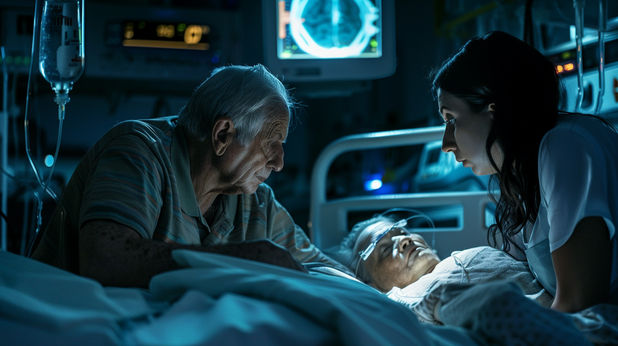Last week, at the Anesthesiology Annual Meeting, researchers shared the results of a Cleveland Clinic study comparing rapid response teams led by anesthesiologists versus nursing personnel. Spoiler alert: There are better patient safety results with anesthesiologist-led teams.
Scope creep
This important study weighed into the intense debate over what some have called scope creep. As a former hospital administrator, I’ve seen scope creep in these areas:
• Some advanced practice nurses, such as certified registered nurse anesthetists (CRNAs) and nurse practitioners (NPs), and physician assistants (PAs) want to expand their scope of practice to what’s traditionally been reserved for physicians or anesthesiologists (physicians with anesthesia clinical residency training)
• Some registered nurses (RNs) want to expand their scope of practice to what’s traditionally been reserved for CRNAs, NPs, and PAs.
• Some licensed vocational nurses (LVNs) want to expand their scope of practice to what’s traditionally been reserved for RNs.
• Some nursing aides and personal care assistants want to expand their scope of practice to what’s traditionally been reserved for LVNs.
Some providers below the physician level make zealous, ubiquitous, and often downright nasty arguments that the quality of care that they provide is equal to that of physicians. That’s a subject of intense debate that’s vehemently disputed by physicians. What can’t be legitimately disputed, though, is that there’s a stairstep of length and complexity of training and experience going up each level, to the top of the staircase, which is physician care.
Rapid response teams
In 2004, the Institute for Healthcare Improvement launched its 100,000 Lives Campaign, which advocated for the introduction of rapid response teams (RRTs) as one of a handful of ways to improve the safety and quality of patient care. They work hand in glove with accreditation requirements of The Joint Commission for hospitals. Hospitals have policies and procedures that allow staff members to obtain help from experts when a patient’s clinical condition is deteriorating.
The Cleveland Clinic study noted that one-half of critical hospital events in the hospital are preventable and predictable by clinical deterioration in the hours before the event. RRTs played a key role by halting clinical deterioration at the earliest stages by initiating critical care interventions. These interventions are largely designed to stabilize a patient who is not in the intensive care unit before a code must be called or intubation (placement of a breathing tube) becomes necessary.
While the value of RRTs in promoting patient safety has been widely heralded, the team membership (in terms of physician or healthcare provide types) has remained questionable. The Cleveland Clinic study attempted to provide insight into this important question, by comparing the results of nurse-led RRTs to anesthesiologist-led RRTs for the rates of cardiopulmonary arrest and deaths. Cleveland Clinic was in a good position to study this issue because it transitioned from nurse-led RRTs to anesthesiologist-led RRTs as a matter of hospital policy.
As an initial observation, the data included in the study are present. Cleveland Clinic’s main campus is a large academic facility with a robust number of admissions. Researchers looked at all hospitalized patients over an eight-year period, totaling over 450,000 admissions. Around 103,000 admissions were from the nurse-led RRT model and around 355,000 were from the anesthesiologist-led RRT model. During the time range studied, there were 1,437 cardiopulmonary arrests and 7,727 deaths.
The study found that following Cleveland Clinic’s transition from nurse-led RRTs to anesthesiologist-led RRTs, the number of in-hospital deaths decreased, and a significant decrease in the odds of a cardiopulmonary arrest at the time of intervention. In the discussion, the researchers noted that it was difficult to prove definitively if the improvements resulted from an overall improvement in health care over the time or was because of the change to a physician-led rapid response team model.
What’s clear, though, is that as the scope creep continues, patients have a right to know the level of education, training, and licensure of those providing care to them. Asking polite questions and being informed is always a good idea.
If you’ve been seriously injured because of poor hospital care in Texas, then contact a top-rated experienced Texas medical malpractice lawyer for a free consultation about your potential case.





